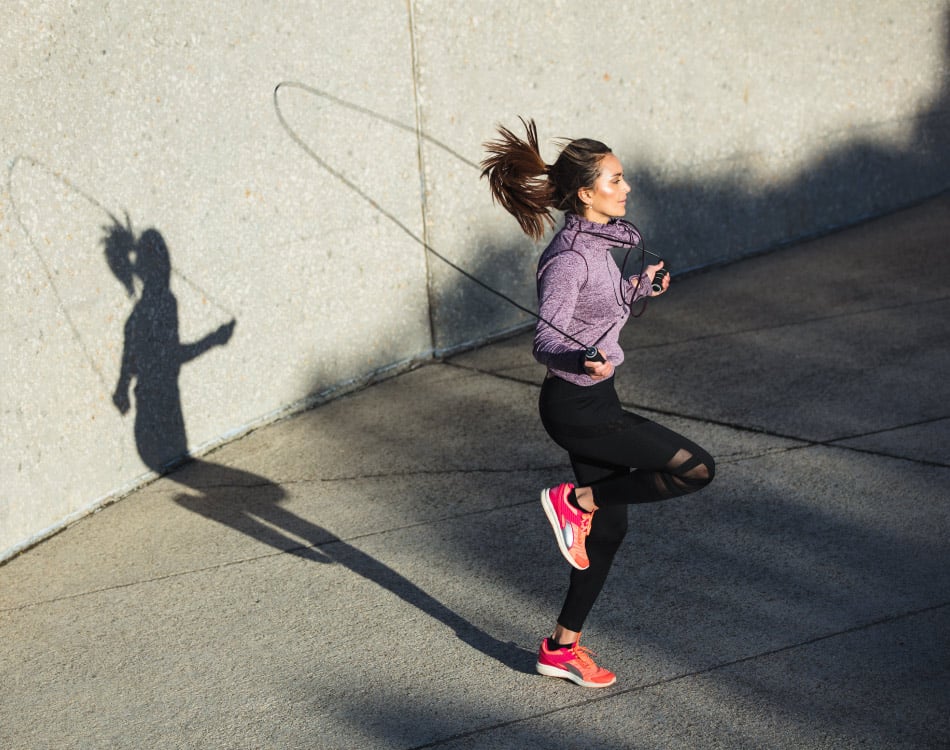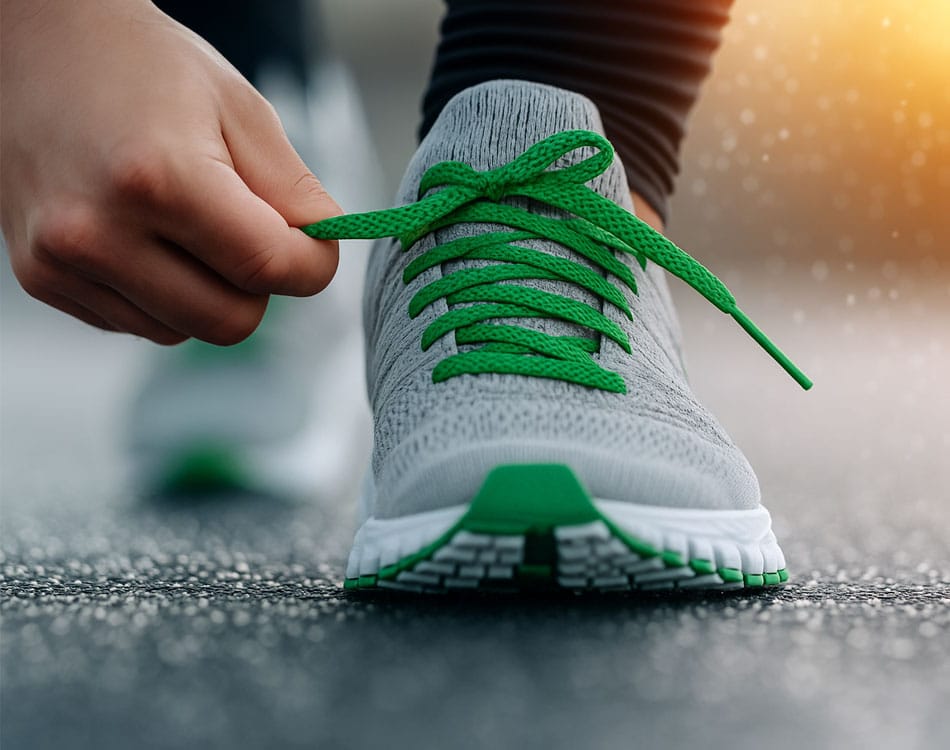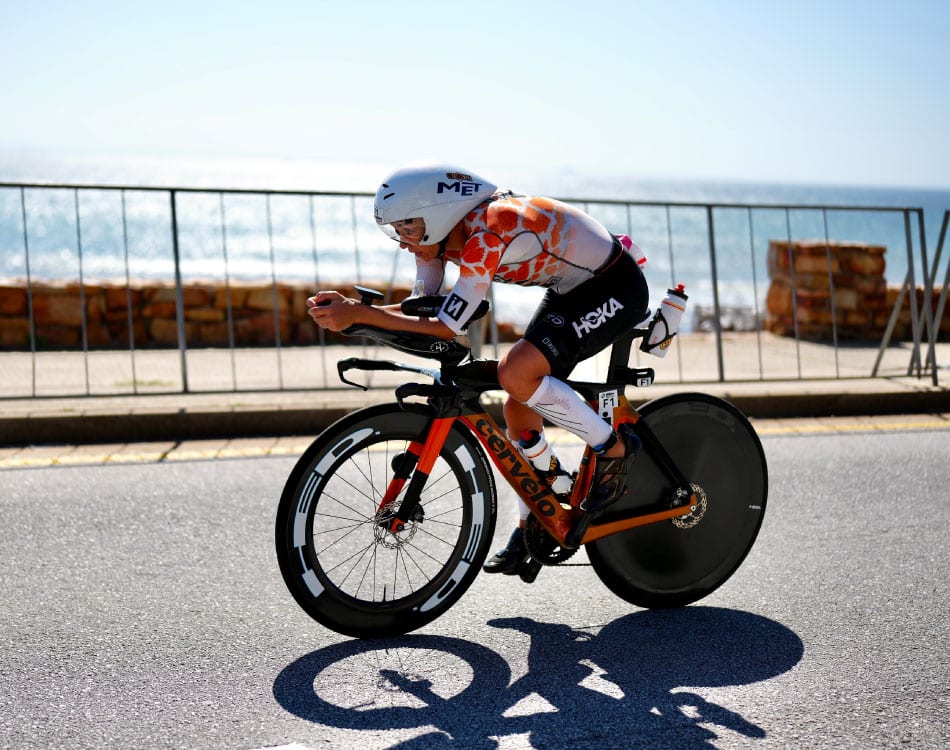Skipping is an excellent cardiovascular workout for anyone who wants to improve their fitness and it is also a great complementary activity for runners.
This exercise targets your calves, quadriceps, glutes and hamstrings – all the important running muscles in your legs (and it gives your forearms, biceps, triceps and shoulders a good workout too, which few runners actively target).
While many runners might wonder why they need another form of cardio to improve their fitness, adding a few skipping sessions to your usual routine each week can make you a stronger, faster, and more resilient athlete.
READ MORE | Become A Better Runner Without More Running
Benefits of skipping for runners
Runners are a passionate bunch who are notorious for their disdain for any form of exercise that isn’t running.
But cross-training in all its forms – weight training, core exercise, active recovery, and mobility – helps to reduce your injury risk by supporting recovery and strengthening your body.
Unlike most forms of cross-training, skipping has a direct aerobic fitness benefit by improving lung function and cardiovascular efficiency.
And the jumping motion is both functional and plyometric in nature, which helps to strengthen muscles and tendons involved in running.
READ MORE | Evox-Sponsored Ciara Glaum Skips To Her Own Beat
As good as ploymetrics
In fact, a study1 published in 2022 in the journal Frontiers in Bioengineering and Biotechnology found “no significant difference in lower extremity sports performance … between the PLY (plyometric) and JR (jump rope) training programs.”
While the study focused on boxers, it is hard to ignore the parallels drawn between plyometrics and jump rope and the potential benefits for running performance.
Skipping also improves co-ordination and balance, which are important for efficient running form and are developmental areas that runners often neglect.
While skipping is a lower impact activity than running, it can still help to improve bone density, and offers an ideal option to warm-up effectively before a running workout or race.
And skipping is an suitable alternative to a running session when you cannot get out onto the road or trail due to time constraints or poor weather.
Incorporating skipping intervals in between your weight training exercises at the gym or prehab work at home is another effective way to boost your fitness and get all the benefits of skipping without dropping a running session.
These benefits make this cost-effective exercise tool one of the most versatile pieces of equipment that any runner can (and should) own.















